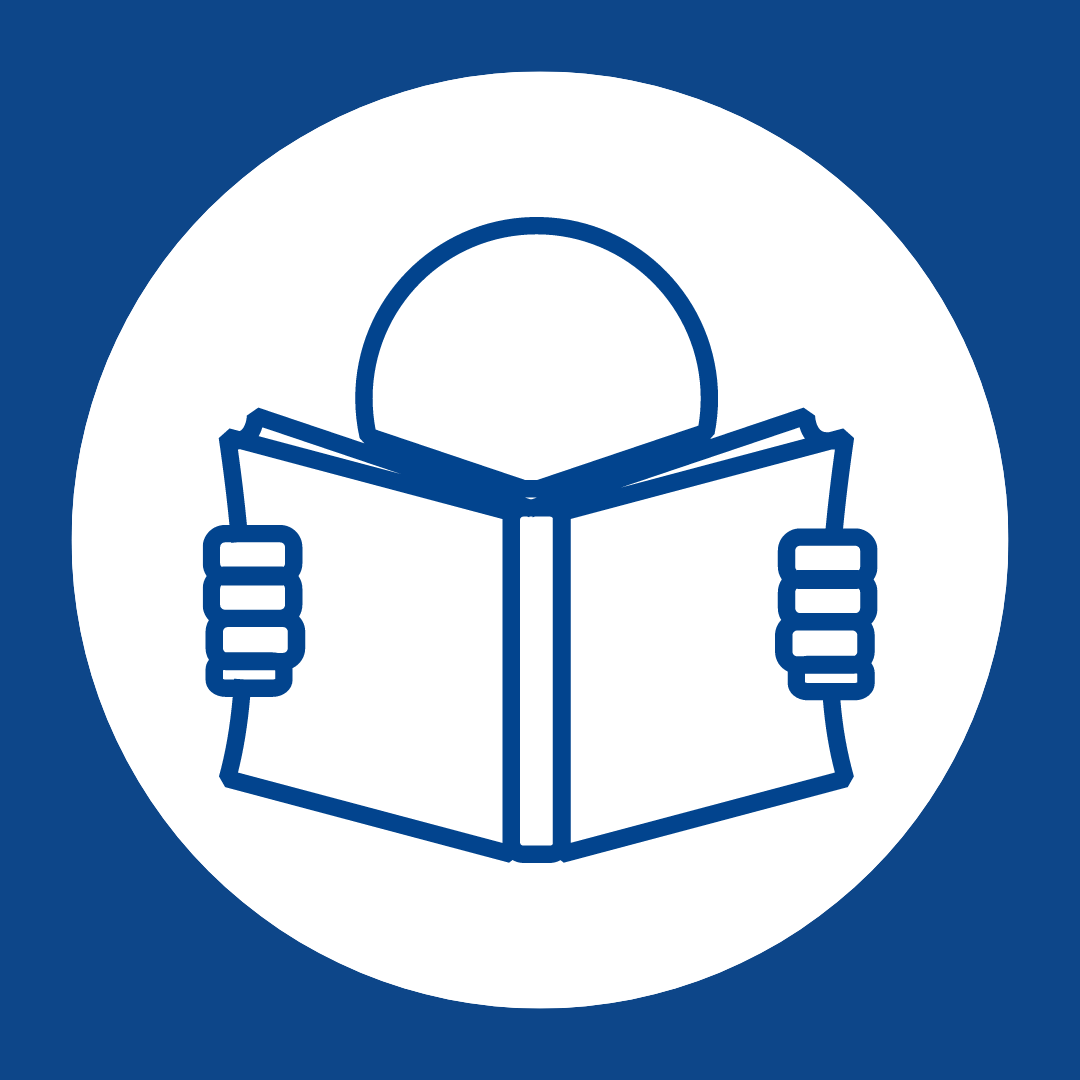How to Create a Mind
For those not familiar with Ray Kurzweil, you should be. He has a profound amount of insight on Artificial Intelligence, which may or may not matter to you. What you will find with this book, it should.
Kurzweil wrote a very interesting book on Singularity. Essentially the next evolution for humans would be the convergence of biology and technology. This concept could come off as dystopian and the actual manifestation of the concept created in Terminator where Machines take over the world. Or it could be viewed in another light of making our life more convenient and efficient. For instance not having to go to a library to find information (google) or seeing our vitals in real time (wearables) to prevent unexpected illness.
Singularity is an important concept, one that should resonate with this audience from removal of bias and preference in decision making. We have discussed this a great deal with how we create interventions with our clients. If we can remove subjectivity we can be more effective – a large part of this will rely on us using technology effectively. Removing the human error element is critical to ensuring we have reliable data to interpret. The other aspect is the binary response to that information of If-Then statements. Such as a standard deviation of ‘X’ results in ‘Y’ response. Eventually we will have a debate and negotiation of how that information should be collected and used, but that becomes less convoluted when a machine is collecting and interpreting data for us.
With How to Create a Mind, it is an equally important thought experiment. Evaluating if you had to create a mind starts with a plethora of questions. Put yourself in the position of being tasked to make a mind, where would you start? Not saying this is of interest to you, but it does have some important considerations to us as coaches.
We look at a lot of human psychology to influence our clients habits and decisions. Creating an independently thinking machine has a lot of parallels. Starting with how we make decisions is important. With a machine it is programmed to think, it lacks consciousness. Humans have conscious thought and the appearance of ‘free will’. We ask them to do something based on a list of reasons such as baseline assessment, goal appraisal, and timeline needed to change. We are programming inputs to achieve a certain output; if this, then that.
We can look at this as a scientific method of coming up with a hypothesis/creating an intervention/testing the hypothesis/assessing if our hypothesis was correct. We program something and see the cause and effect relationship. Someone tasked with creating AI or working with a machine largely does the same thing. There are differences, but at the end of the day we are both basing our approach if-then problem solving strategies.
One thing that is incredibly important to pull from a book like this is the breakdown of decisions made on how to tackle this problem. Taking an inventory of the models used to address certain aspects of creating a mind or a training program is foundational. Where or who created this concept? What was the original problem looking to be solved? Is this universal or context dependent? From there how did that model or concept evolve? The iterative process or breaking down intervening with the problem is so often overlooked and under-appreciated.
I can totally see a coach saying ‘why would I read this book?’ You’re probably right pending on where you are at professionally. But I would argue that you have to break from the proverbial trail of thought. Attached to a group or philosophy is dangerous in some regards on the worst end of it. It is easier to say I am this because of that, but not always the best solution. If anything you will be better at seeing the shortcomings of applying biased logic to problem solving.
Easy reading to me is not a good use of time. If you understand the concept before reading the book you are confirming ideas. If you grasp what the book is about within the first paragraph you are wasting your time. Learning is hard, and should be met with deep thought about what you are reading or doing. We are the product of how much and at times how willing we are to do something – challenge yourself and what you know.

